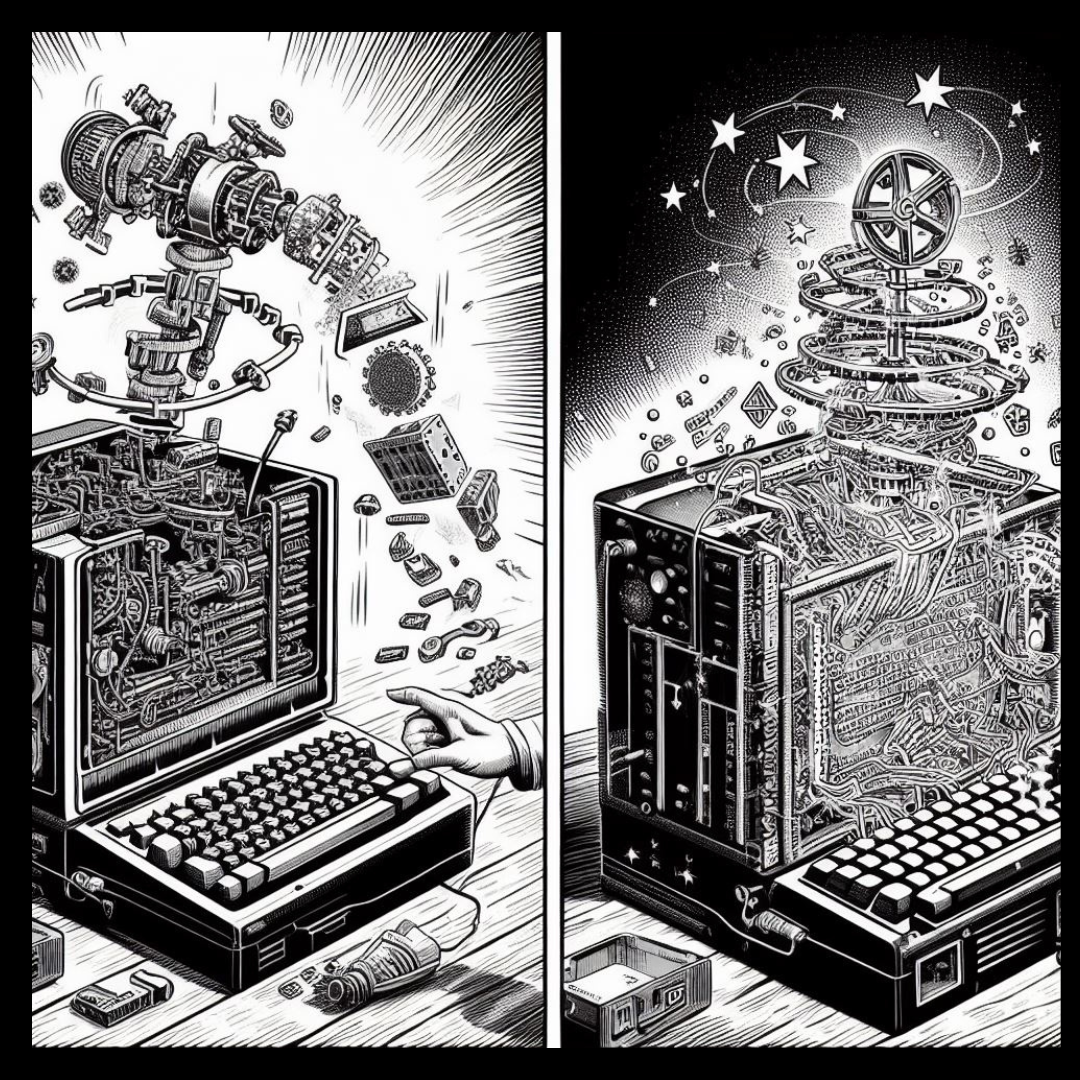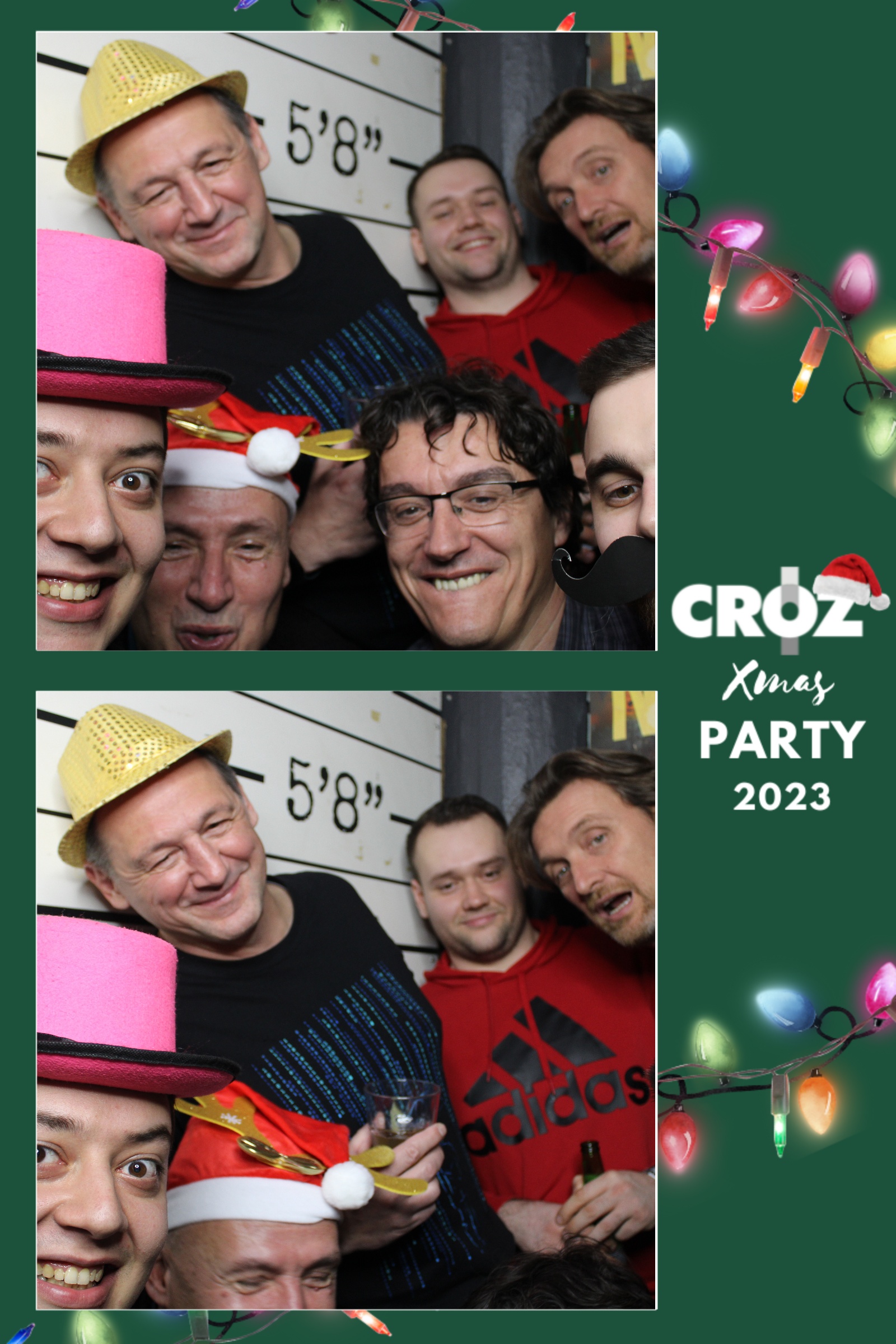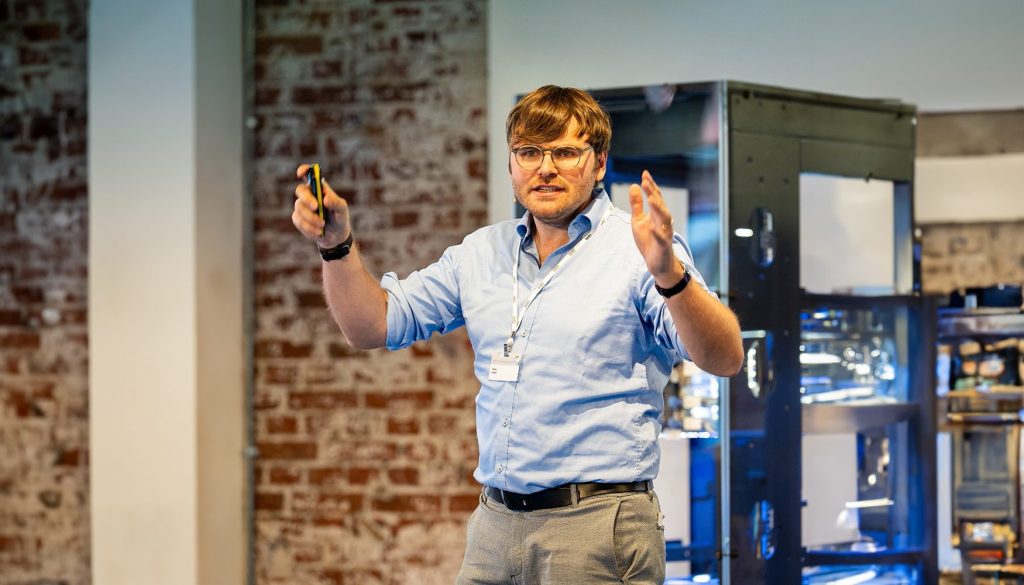Dear fellow mainframer,
The mainframe has been an island for quite some time because some people ignored the changes, while others ignored the mainframe. Both camps realized they were wrong, and now they are looking for relevant answers on how to maximize the benefits of mainframe technology. However, what really excites me is the passion and new energy I sensed in the mainframe community recently. It is a good time to be a mainframer. That’s why I started the Mighty Mainframe newsletter back in May.
The biggest challenge for the mainframe community remains the skills gap. It can be addressed by empowering existing teams with external resources while building a new generation of mainframers with a wide range of skills. Moreover, the conversation around mainframes must evolve.
A concerted effort is needed to dispel myths, foster knowledge exchange between generations, and reimagine the mainframe’s role in today’s digital economy. This requires a combination of strategic investments, holistic solutions, and a culture of continuous learning and adaptation. In the grand narrative of technological evolution, mainframes stand as a testament to enduring innovation. It’s our collective responsibility to ensure they continue to thrive, adapt, and serve in an age defined by transformation.
The meaning of mainframe modernization
Mainframe modernization means different things to different people. Most of today’s enterprises have opted for in-place modernization with a hybrid cloud strategy. It usually includes enhancing mainframe applications and optimizing infrastructure, adding integration capabilities, and adopting common enterprise DevOps processes and tools, while preserving existing applications and data.

Successful mainframe tools replacement
There might be many technical and organizational (or political) reasons for mainframe tool replacement, but cost is always the primary concern! Hence, business management or a CFO is usually pushing to replace the tool or vendor with a more cost-effective alternative.
At the same time, migrations are typically very difficult projects. People who originally designed the system are long gone, documentation is scarce, existing tools were not designed to support future migration, and new tools might have better features, but they work slightly differently than the old ones… Finally, engineers don’t like migrations due to their challenging nature, minimal reward, and the looming threat of a ruined career in case of failed migration.
But, with proper planning, tool migration can be highly successful. Filip’s migration cookbook, which you’ll find below, is a great starting point. To begin with, be transparent about the risks, set a realistic timeline, and talk to your CFO honestly.
Top 3 picks
Wow, I can’t believe it’s already half year of Mighty Mainframe! Time flies when you’re having fun, right? Well, I don’t know about you, but I had a blast writing and sharing my thoughts on this blog. And I’m so grateful for all of you who have read, commented, liked and shared my posts. You’re awesome!
As a way of saying thank you, I decided to make a list of my personal favourites and the top 3 most-read blogs of the year. Maybe you missed some of them, or maybe you want to revisit them. Either way, I hope you enjoy this recap of the best of 2023!
My personal favourites:
1. Building API layer on top of mainframe
2. Cookbook series “How to prepare for tools migration” part 1, part 2 & part 3.
3. How to bring DEVOPS to the mainframe?
Your most read blogs:
1. Fireside chat with Tobias Leicher
3. Managed Services vs. Outsourcing
Let us know which ones were your favourites!

Season greetings!
Enjoy the holidays with your loved ones.


